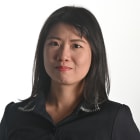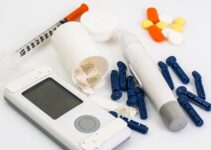It is just one of many tools and systems being tested at the district, before deciding which can be implemented or installed in housing estates islandwide to improve residents’ quality of life.
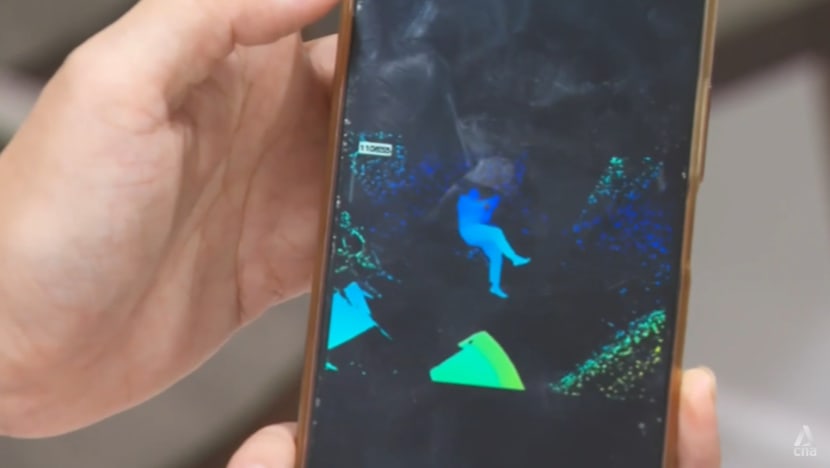
An app notifies caregivers with a recording of the moment a resident suddenly falls onto the ground. The technology uses Lidar, which scans for movements with light detection and ranging. It only senses and records the moment of the fall, and is not a continuous live recording.
New: You can now listen to articles.

Sorry, the audio is unavailable right now.
Please try again later.
This audio is AI-generated.
SINGAPORE: Technology that detects when a person has fallen at home and notify their family members will soon be offered to all Housing and Development Board (HDB) households.
The pilot for the project was conducted for two months in Queenstown, the site of Singapore’s first Health District co-developed with the National University Health System (NUHS).
It is just one of many tools and systems being tested at the district for potential use in housing estates to improve residents’ quality of life.
HOW THE TECH WORKS
Sensors are able to detect a resident’s fall.
If the resident does not get up within one minute, an alarm will sound to alert others nearby.
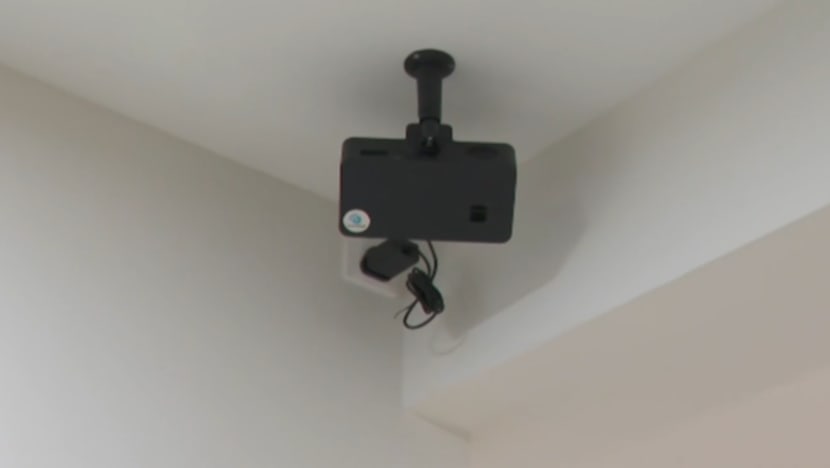
Another, more advanced device uses Lidar, which scans for movements with light detection and ranging, and can sense and record the moment a person standing upright suddenly falls onto the ground.
Those living alone can pre-set the device to send instant notifications to caregivers via a mobile app, along with the recording, when such incidents are detected.
The systems were tested in the Health District from November 2022 to February 2023, and HDB aims to offer such technology to all its households across the nation later this year.
“Through residents’ feedback, tech providers were able to refine the solutions … We are now stabilising the system and if all goes well, we will see how to progressively introduce this,” Dr Johnny Wong, Deputy CEO (Building) at HDB, told CNA’s Singapore Tonight on Tuesday (Feb 13).
SAFETY MODIFICATIONS FOR SENIORS
Apart from detection, HDB is also fine-tuning efforts to prevent falls.
In Queenstown, close to 5,000 households have been modified to become safer, especially for seniors. This includes installing grab bars, non-slip tiles and ramps.
Such built-in facilities will also be a staple at the district’s upcoming assisted living apartments.
The model could then be applied elsewhere across Singapore.
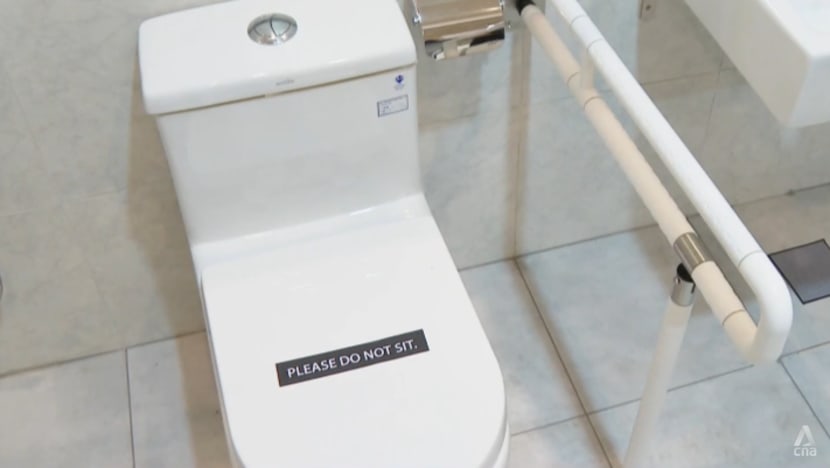
In common areas, fitness and community amenities are also set to be installed so that residents can socialise and stay active.
“We are piloting a social and wellness hub, which houses an active ageing centre. And we are piloting the very first ActiveSG gym within housing development, in collaboration with SportSG,” said Dr Chong Fook Loong, HDB’s group director of research and planning.
“Along the way, we want to test every intervention – on what works, what doesn’t work, and what we need to improve further, as part and parcel of this journey to create a healthy town.”
SELECTING INTERVENTIONS
Researchers from the National University of Singapore (NUS) source for, test, develop and evaluate such interventions for households in Queenstown.
Professor Dean Ho, head of the biomedical engineering department at the NUS College of Design and Engineering, said that over 200 technologies were rigorously tested and evaluated before being narrowed down to the essentials.
“We want to make sure we help understand what the residents are going through and deploy the best interventions that can help them,” he said.
“We have to ensure that it’s the right technology, it’s cutting edge, it’s accessible and it’s validated. And ultimately, it can be truly adopted at scale.”
One such tool, for example, helps a user to unscrew a bottle using one hand. It is designed to help those who have lost muscle strength, such as stroke survivors.
Physiotherapy through gaming is another ongoing project, including a button-pressing console that tests a user’s reaction. It aims to provide light exercise for those with stiff shoulders.
Other technologies that help residents monitor their health, such as vital signs and chronic conditions, are also being tested.
“We have residents whose mobility is a challenge. We want to have digitally enabled solutions which perhaps can be done right from a mobile phone, that can monitor stress, respiratory rate. Then we can start to pinpoint residents that perhaps need some extra attention,” said Prof Ho.
Such technologies will be trialled in the district in the coming months.
SHARED CARE CONCEPT
The district is also piloting a shared care team concept with social services agencies such as Lions Befrienders to provide social care for seniors.
Volunteers visit residents with a listening ear and check on their well-being and needs.
For one such resident, 82-year-old Yin Chee Keong, such visits are precious moments.
“I feel lucky and I’m very touched. Because I do feel lonely at times. At night when I’m about to sleep, when I don’t have someone to talk to,” he told CNA.
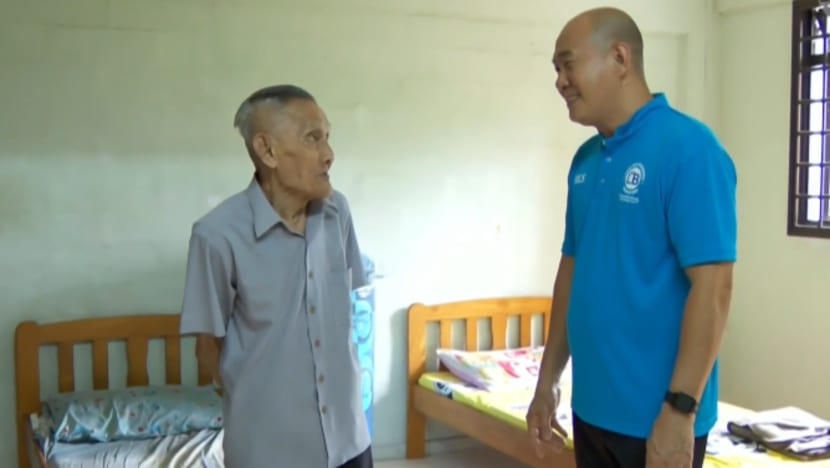
Mr Yin gets weekly checkups on his vital signs and overall physical health at a Lions Befrienders community health post located right at his block.
Such sites, helmed by NUHS healthcare teams, are typically set up in active ageing centres in neighbourhoods so that residents do not have to travel too far. Healthcare professionals visit once a week, while social workers based at the centres follow up with residents.
Nurses and volunteers share updates on each resident’s physical, mental and social well-being as part of a personalised care plan to help them stay healthy.
“Shared care is our way of working more closely with social partners to ensure that we consider a more holistic picture of their health needs,” said Ms Antoinette Goh, a nurse clinician at the NUHS Regional Health System.
“For example, the care team decides that it will be good for a resident to start measuring blood pressure, but the resident doesn’t know how to do it, or needs a bit more nudging. The social team can then remind them or provide some guidance on the ground.”
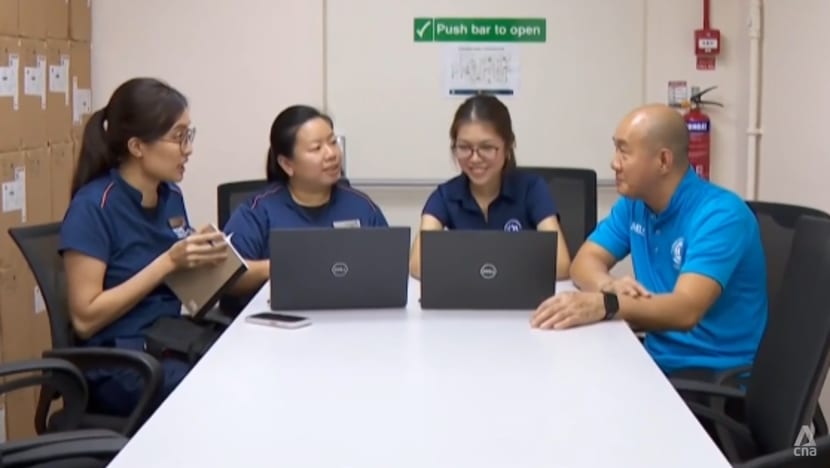
Healthcare professionals and social workers said preventive care is the best way to ensure the seniors’ well-being.
“When we do preventive work upfront … the going to hospitals, nursing costs, medical costs are going to be reduced once we go upstream and ensure that people stay as healthy as possible,” said Ms Karen Wee, executive director of Lions Befrienders.
QUEENSTOWN HEALTH DISTRICT
The Health District @ Queenstown is the nation’s first that supports residents’ well-being across their life stages through tools such as better design and community programmes.
The initiative by HDB, NUHS, NUS and their partners aims to build a living environment that supports residents’ physical, social, and mental well-being, and help them lead more active and fulfilling lives.
“We have four key objectives. One, we want to provide healthy living for all ages through good urban designs and use of technology. Second, to provide productive longevity, where people can continue to work, volunteer, co-create, and lifelong learning,” said Dr Wong.
“Third, we want to promote intergenerational bonding. With good community support, one can live longer and have a better mental state. Lastly, we want all our residents to be able to live independently and age in place for as long as they can, in HDB towns.”

